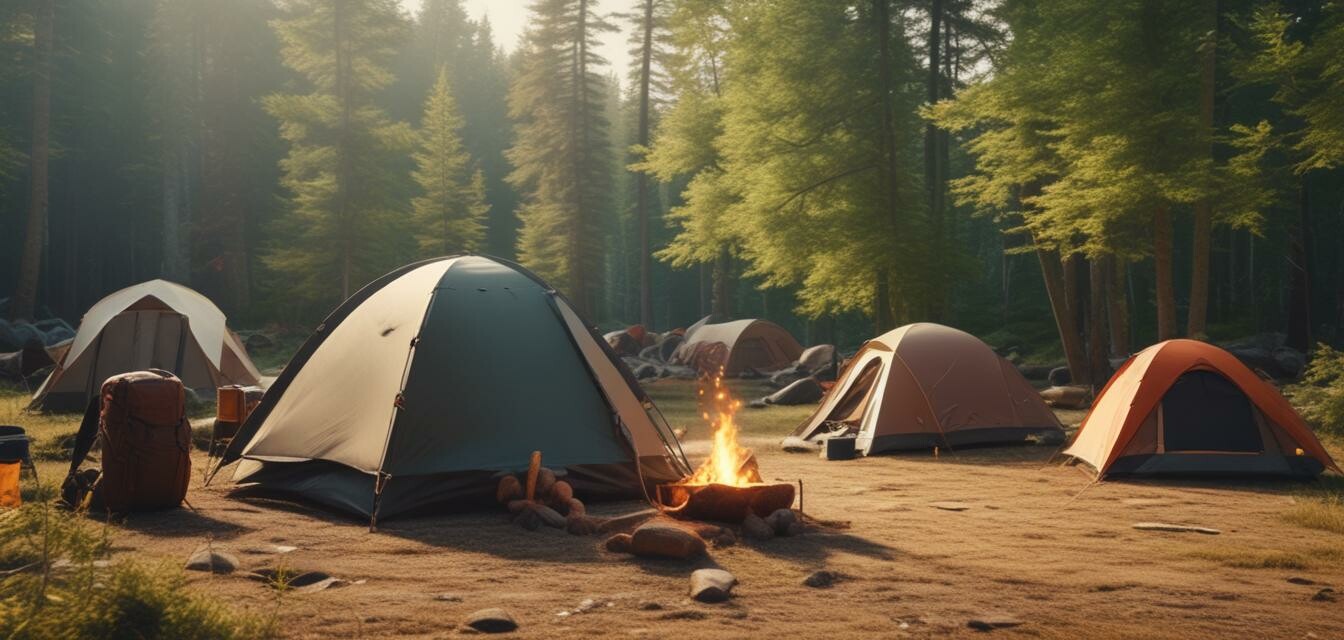
Setting Up Camp: Essential Items to Pack
Key Takeaways
- Choose a quality backpack for comfort and functionality.
- Pack essential items for cooking, sleeping, and first aid.
- Organize your gear effectively for easy access.
- Prioritize lightweight and multi-purpose gear.
Camping is a fantastic way to escape the daily grind and enjoy nature. Whether it's a weekend trip or a longer expedition, having the right gear can make all the difference. This guide will help you identify essential items to pack for an effective camping setup while using your Dakine bag.
1. Choosing the Right Backpack
Your backpack is your best friend when camping. It needs to be both durable and comfortable. Consider the following features when selecting the perfect bag:
| Feature | Description |
|---|---|
| Size | Ensure it has enough capacity to hold all your gear without being overly bulky. |
| Weight | A lightweight pack will decrease fatigue on long hikes. |
| Water resistance | A waterproof or water-resistant pack protects your gear from rain. |
| Comfort | Look for padded shoulder straps and an adjustable waist belt. |
2. Essential Camping Gear
Here’s a list of essential items you should pack for a successful camping setup:
- Sleeping Equipment
- Sleeping bag – lightweight and suited for the climate
- Sleeping pad – for insulation and comfort
- Pillow – compact and easily packable
- Cooking Supplies
- Portable stove – lightweight and easy to use
- Cookware – pots, pans, and utensils for meal prep
- Food – non-perishable and easy-to-cook items
- First Aid Kit
- Band-aids, antiseptic wipes, and pain relievers
- Emergency contact information and any personal medications
- Lighting
- Headlamp or flashlight – for hands-free operation
- Extra batteries – essential for extended trips
- Multi-purpose Tools
- Multi-tool or knife – great for various tasks
- Rope or cord – useful for setting up tarps or securing gear
3. Organizing Your Gear
Efficient organization can save time and effort when you reach your campsite. Here are some tips:
- Use packing cubes or dry bags to categorize items.
- Store frequently used items at the top of your pack.
- Keep heavier items close to your back for better weight distribution.
4. Packing Techniques
Employing the right packing techniques will not only maximize space but also enhance your comfort while hiking.
| Packing Technique | Benefits |
|---|---|
| Rolling Your Clothes | Reduces wrinkles and saves space. |
| Layering Heavy Items | Ensures optimal weight distribution and balance. |
| Using Every Pocket | Utilizes all available storage, making access easier. |
5. Safety Tips
Staying safe during your camping trip is paramount. Below are essential safety tips:
- Always inform someone about your camping plan.
- Be aware of wildlife and store food securely.
- Have a map or download offline maps for navigation.
Pros
- Improves your overall camping experience.
- Ensures you have all necessary items for comfort.
- Reduces stress and planning time.
Cons
- Certain items can be bulky and heavy.
- Packing requires time and organization.
Following the recommendations in this article will assist you in setting up camp efficiently while using your Dakine bag. Remember, preparation is key to enjoying the great outdoors. If you're looking for specific backpacks for various activities, check out our outdoor adventure packs or our casual daypacks.
For more tips related to camping and hiking, explore our Outdoor Adventure Tips blog category.